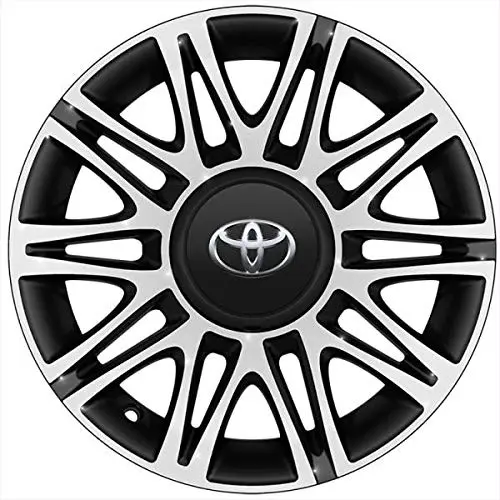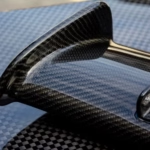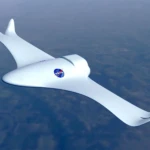Processing Introduction: Understanding the Differences between AM and CNC Processing
In the manufacturing world, accuracy and accuracy are crucial to the production of high-quality parts and products. Two popular methods for achieving this accuracy are additive manufacturing (AM) and computer numerical control (CNC) machining. Although both technologies have their own strengths and weaknesses, understanding the differences between them is essential for manufacturers to choose the best approach for their specific needs. In this article, we will dig into the world of AM and CNC machining, exploring their unique characteristics, advantages and applications.
Additive Manufacturing (AM)
Additive manufacturing (also known as 3D printing) is a process that involves adding layers of materials to create physical objects from digital designs. This approach allows the creation of complex geometric shapes and structures that cannot be produced by traditional subtraction manufacturing methods. AM is commonly used in aerospace, healthcare and automotive, requiring complex and customized parts. The benefits of AM include increased design flexibility, reduced material waste and faster production time.
Computer Numerical Control (CNC) Processing
Computer numerical control (CNC) machining is a subtractive manufacturing process that involves removing material from a workpiece to create the desired shape or design. The method uses computer-controlled machines to accurately cut and shape materials such as metals, plastics and wood. CNC machining is widely used in a variety of industries requiring high-precision parts, including aerospace, automotive and medical care. Advantages of CNC machining include high precision, rapid production time, and the ability to use a wide range of materials.
Comparison of AM and CNC machining
So, what is the difference between AM and CNC machining? Here are some key differences:
- Material removal:AM adds material layer by layer, while CNC processing removes material by cutting and shaping.
- complex:AM can produce complex geometric shapes and structures, while CNC machining is more suitable for simpler shapes and designs.
- Material selection:AM is limited to specific materials such as metals, plastics and ceramics, while CNC processing can use a variety of materials.
- Production time: For large production runs, AM can be slower than CNC processing, but for small batches or prototypes, AM can be faster.
- cost: For large production operations, AM is more expensive than CNC processing, but is cheaper for small batch or complex designs.
Applications and Industry
Both AM and CNC machining are widely used and are used in various industries. AM is usually in:
- Aerospace: Production of lightweight, complex parts and structures
- Healthcare: Create custom implants, prosthetics and surgery guides
- Automobile: used to produce complex engine components and dashboard decorations
CNC processing is widely used:
- Aerospace: for the production of high-precision parts such as engine components and aircraft structures
- Automobile: used to produce engine components, transmission parts and other vehicle components
- Medical: Production of high-precision medical implants, surgical instruments and equipment
in conclusion
In short, AM and CNC machining are two different manufacturing methods, each with its own advantages and disadvantages. While AM provides increased design flexibility and reduced material waste, CNC machining provides high accuracy and fast production time. Understanding the differences between the two approaches is essential for manufacturers to choose the best approach for their specific needs. By taking into account factors such as material selection, production time and cost, manufacturers can choose the most appropriate method for their production requirements.
FAQs (FAQs)
Q: What is the difference between additives and subtraction manufacturing?
A: Additive manufacturing involves a layer of additive material, while subtraction manufacturing involves removing material by cutting and shaping.
Q: Which method is more accurate, AM or CNC machining?
A: CNC machining is usually more accurate than AM, especially for simple shapes and designs.
Q: Can AM produce complex geometric shapes and structures?
A: Yes, AM can produce complex geometric shapes and structures that cannot be produced by traditional subtraction manufacturing methods.
Q: What are the advantages of CNC processing?
A: Advantages of CNC machining include high precision, rapid production time and the ability to use a variety of materials.
Q: Is it more expensive than CNC processing?
A: For large production operations, AM is more expensive than CNC processing, but is cheaper for small batch or complex designs.
Q: Which industries use AM and CNC processing?
A: AM and CNC machining are used in various industries including aerospace, automotive, healthcare and medical care.

















